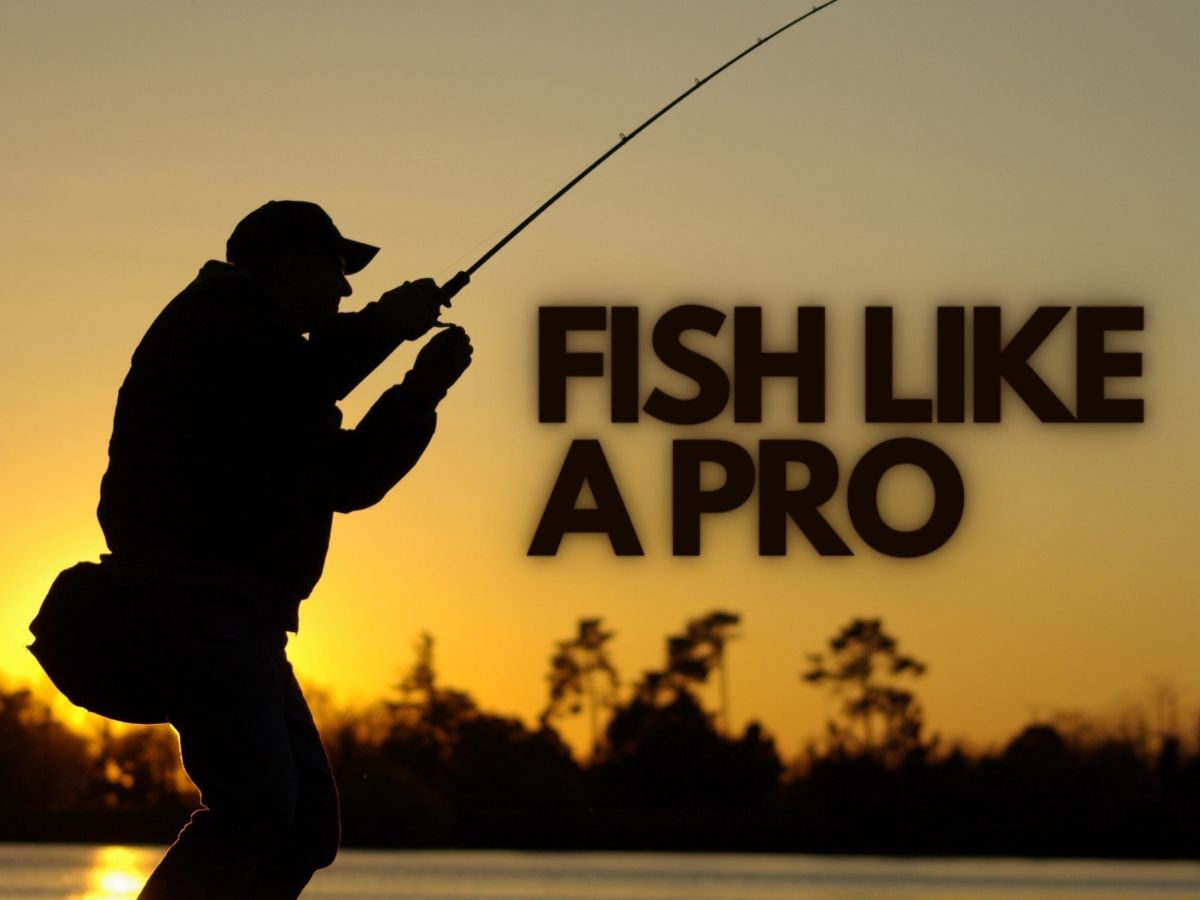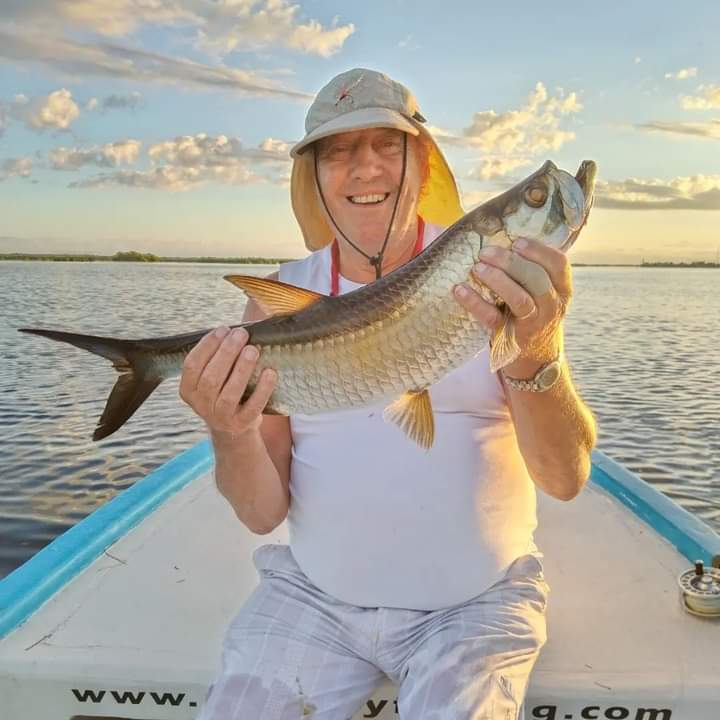Whether you’re a tarpon fishing guide, a regular angler who pumps his heart out for just one cast, or a novice fisherman, there is nothing like the exhilaration you’ll feel when you see the tarpon fish flying out of the water once the hook is set.
Whether you’re learning the basics or an expert looking for some excellent fishing, those who have already mastered tarpon fishing know all the work and knowledge it requires, and that there is no such thing as too much information; the more information you get, the better your chances of tracking and tricking them into biting a hook are.
Although tarpon is relatively easy to spot, catching them is a whole other story because Tarpon, unlike other fish, are pretty picky about what they eat and always give a good fight before getting caught, so in the next post, we’ll provide some tips on how to catch Tarpon.
SOME INTERESTING FACTS ABOUT TARPON
The Tarpon, also known as “silver king” can be found in the broad ocean, among coral reefs, and in some freshwater lakes and rivers. Their vision is incredibly sensitive which is why they will mostly be found in the shadows since this helps them to have an even greater vision of their target.
They have a tapetum, a layer of cells on the rear of their big eyes, which acts as a reflective tape, so when feeding at night or in low-light environments like murky water, this “reflective tape” gives them a visual advantage, which is why very bright colors and reflective materials will always catch their sight.
Tarpon has no teeth and devours their prey whole, so tighten the line and set the hook as soon as you know the fish has hit. Because their mouth is largely hard, boney, and abrasive like sandpaper, a firm hook-set is required to drive the hook home.
Tarpons are also unique in that they are one of the few fish in the world with a swim bladder. It functions as a lung, allowing them to breathe raw air while still breathing through their gills like most fish, being this one of the reasons why they can fight for so long, because of the amount of oxygen they can take in throughout the fight.
This is advantageous for anglers since tarpon will periodically roll on the surface to catch a breath of air, and the quicker they swim, the more they will surface, making it easy for anglers to locate them. Sometimes only one fish may rise; other times even 30 will roll furiously at the same moment, it really depends on luck.
HOW TO GET THE PERFECT TARPON FLY
As mentioned, Tarpons are toothless and swallow their prey whole, but, their mouth is pretty boney, and rough like sandpaper, so most flies used on them are ripped and left unusable, which is why most fishermen prefer to buy already-made flies; Nevertheless, making your own has an advantage.
Fishermen call this Match The Hatch. It refers to producing a fly that is very similar to what the fish is truly interested in eating. Buying a conventional fly online or in a store is not a bad idea, but it’s best to buy your own fly-tying supplies and design one from scratch to adjust to the fish’s likes. It will take you a little longer than buying one, but the odds of improving your catch are excellent.
How exactly do we know how to make it? There are many different colors, and each has a different effect. For example, darker colors offer wonderful contrast when the water is slightly off, red helps to expose the fish’s gill plate, and transparent with reflective materials are a favorite of Tarpon because they shine very brightly.
Another popular fly for fishing freshwater and saltwater species pattern developed by angler Lefty Kreh is the “Deceiver,” which is an artificial fly streamer pattern comprised of three distinct colors: red, neon green, and white. Many fishermen who have tried it say it has given them luck and has undoubtedly become one of their favorites.
Also, when designing a fly, be aware of its length; if the fly is longer than what these fish consume, they will be uninterested, therefore taking a pair of scissors to modify the fly is a smart idea. Apart from enhancing your tarpon fishing, the best thing about constructing one from scratch is that you can be as creative as you want; there is no need to conform to a pattern, so it becomes more enjoyable.
If you found this how to catch Tarpon article useful, and feel ready to adventure on some fishing, visit our Instagram and check out our Yucatán fishing charters.


